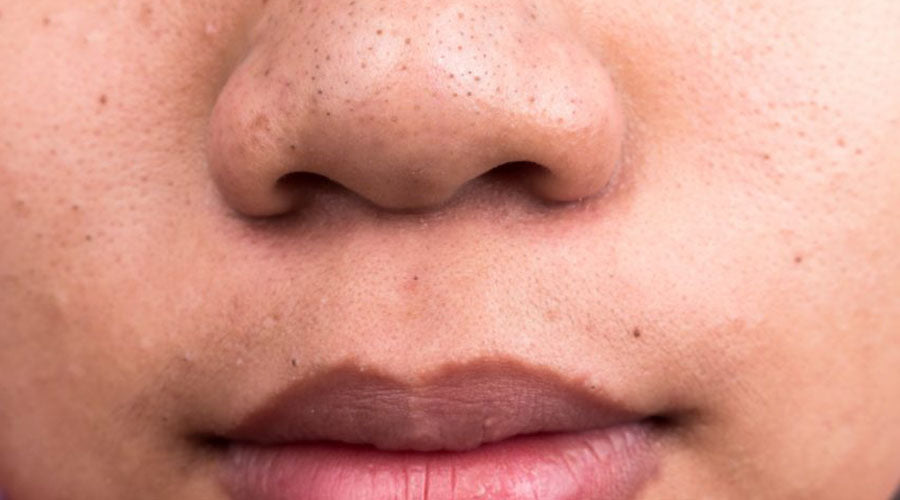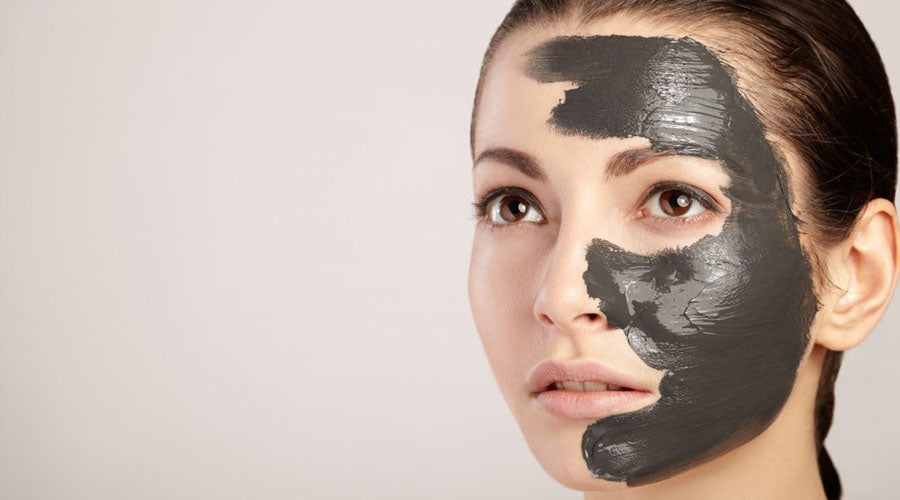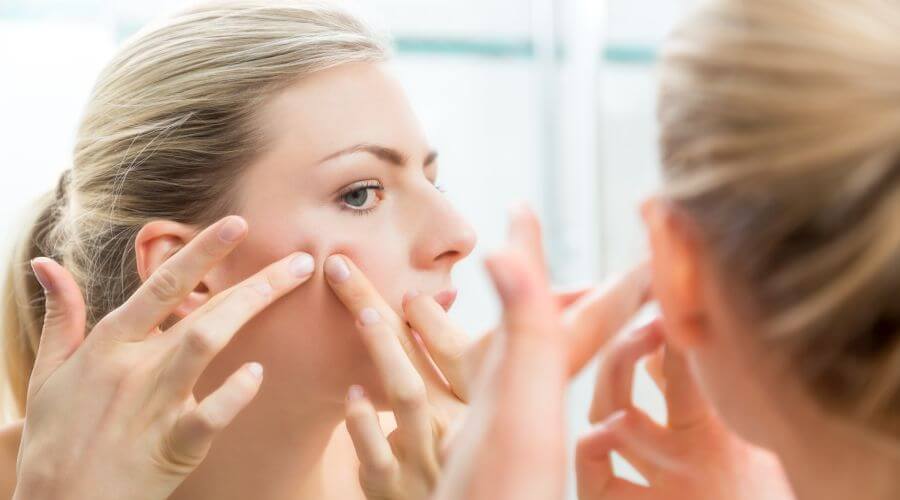Getting rid of blackheads doesn’t need to be a daily chore. Here’s how you can remove them for good.
Table of contents:
What are blackheads?
How to get rid of blackheads.
Natural ways to prevent blackheads.
Most of us are all too familiar with the frustration of waking up and seeing a cluster of blackheads in the mirror.
And we’ve probably all been guilty of popping them in hopes of a quick fix, but is that really the best way to remove blackheads?
Read on to learn how blackheads form and the best, most effective methods of removal. We’ll look at the pros and cons and give you our recommendations based on careful research.
What Are Blackheads?

Besides annoying, the technical name for blackheads is “open comedones”. They can be defined as plugs of sebum accumulated in hair follicles (or pores) that have been darkened by oxidation. Some texts describe blackheads as a mild type of acne that usually but not always affects the face.
They are formed when a clog develops within the opening of a hair follicle. In normal skin, each hair follicle contains one hair projecting from the surface and a sebaceous gland that produces sebum, which is the oily substance that keeps skin supple and smooth.
In some circumstances, this sebum together with dead cells can accumulate in and block the pore from which the hair originates. Such accumulation of debris produces a bump that is darkened at its top, resulting in what’s commonly known as a blackhead.
Many people think blackheads get their black color simply from dirt lodged within the pore, but that’s not the case. They appear black because the pore is “open,” and the dead skin cells, oil and melanin (the skin’s pigment) are oxidized by the air and appears black.
It’s also important to note that many of the spots on our face we define as blackheads are actually not blackheads at all but simply clogged pores. The two look very similar, but unlike blackheads which are a type of acne, clogged pores occur when oil within the pores makes them look bigger and darker than normal.
How to Get Rid of Blackheads on Nose & Other Common Spots

So now that you’ve determined the black speck on your nose really is a blackhead, what can you do about it?
Blackheads can be managed by both home remedies and professional treatment. We’ll take a look at some of the most common methods of blackhead removal and help shed some light on what’s recommended and what’s not.
1. Popping Blackheads
Popping blackheads involves squeezing out the contents of the bump. I know, gross description, but that’s pretty much the gist of it.
It offers a temporary solution and is only effective when performed correctly. The major downside to this blackhead treatment is how persistent blackheads are. You can picture how frustrating (and pointless) the process is by relating it to digging a hole in wet sand. It is frustrating and tiresome because as soon as you get the sand out, more just pours in. It’s the same with blackhead popping.
When popping blackheads, you should pay special attention to cleaning the pores as much as you can. Just like in the analogy above, you need to get rid of the sand and the water to keep the hole in good shape.
This way to get rid of blackheads is discouraged because it ultimately leads to a breach in the integrity of your skin, along with the introduction of hidden dirt on your hands and beneath your fingernails. This predisposes you to secondary infections of the skin that can progress to its deeper layers.
2. Blackhead Masks
When it comes to home remedies for blackheads, masks can be incredibly effective. There are 2 primary types of masks used for blackheads, which we’ll look at below.3. Clay mask
In the quest for flawless and hydrated skin, clay and/or mud masks are the cornerstone. They provide an organic yet non-invasive way to draw dirt, oil and debris from pores. Clay and certain types of mud boast the absence of additional chemicals and irritating additives that are prevalent in many skincare products today. Their ability to remove toxins and purify the skin make them an effective alternative when managing blackheads.
With detoxifying and nourishing masks, you also get the added bonus of their moisturizing and softening effects. Just be sure to find a mud mask that is 100% free from chemical additives.
4. Charcoal mask
Charcoal is loved because of its ability to bind to and draw out toxins, dirt, oil and debris from pores. When used correctly, they can be very beneficial at removing blackheads. For best results when using a charcoal mask, be sure to wash your face thoroughly and use a hot towel to open your pores prior to application.
5. Blackhead Removal Tools
If you walk the personal care section at your local store, you’ll notice all sorts of blackhead removal tools. Most of them look like a cross between a bobby pin and tweezers. On the one hand, they do actually remove blackheads, and they’re able to do so in a more sterile environment since you’re not using your fingernails. In that way, this method of blackhead removal is better than just traditional popping.
However, they can be painful to use, and you’re still at risk of developing infection. Besides that, they do nothing for preventing recurrence, and they can even leave scars. For this reason, we don’t recommend using traditional blackhead removal tools.
A decent alternative would be a skin brush followed by a plant-based exfoliating facial scrub. When paired with a skin brush that works to lift away dead skin cells, a scrub like our Revive + Exfoliating Microdermabrasion Face Scrub can give you an even deeper clean while also nourishing your cells.
6. Blackhead Removal Strips
Pore strips are very popular when it comes to blackhead removal. They look like bandages and when you pull them off, they remove the top layer of dead cells in the skin as well as the oxidized oil that appears black.
One major downside of pore strips is that they adhere to the skin a little too well and cause unnecessary irritation, which can then lead to inflammation and damage. Pore strips can also cause broken capillaries and spider veins in areas with thin skin such as the nose.
Besides that, excessive use of blackhead removal strips can make pores larger due to the constant tugging and stretching. For this reason, we recommend more gentle means of removing blackheads.
If you do try this method of extraction, there are a few steps you can take to minimize side effects. After you’ve used the pore strip, apply ice to the area to shrink pores and prevent inflammation. Then, apply a botanical toner and a soothing cream to minimize irritation.
7. Salicylic Acid and Chemical Peels
Salicylic acid is one of the best known ingredients in blackhead removal products. The primary action of salicylic acid is that it helps in increasing cell turnover, which eventually helps in unclogging skin pores. It also works to dry up oil glands that can gunk up pores in the first place.
Interestingly enough, salicylic acid is related to aspirin and therefore has similar anti-inflammatory effects. As a result, it helps remove redness, prevent swelling and minimize the pain associated with inflammation.
However, unlike other methods for managing blackheads, salicylic acid does not kill bacteria and is not effective when bacterial infection has invaded the skin.
Many over-the-counter products include salicylic acid for its well-known benefits of removing blackheads as well as treating other skin conditions. After researching this ingredient and its effect on skin, we created our Tea Tree Oil Face Cleanser, which features salicylic acid and tea tree oil. It offers a safe, gentle way to cleanse your skin without having to go to the extremes of a chemical peel.
Speaking of chemical peels, they certainly provide another option for getting rid of blackheads. Some use salicylic acid while others use alphahydroxy acid or trichloroacetic acid.
Chemical peels may be effective when done by a dermatologist or licensed practitioner, but they are often very harsh on the skin and come with many potential side effects. On top of that, peels can be very expensive, reaching into the thousands.
How to Prevent Blackheads

1. Cleanse and Exfoliate Your Skin Regularly
Many people are quick to argue that blackheads are not caused by dirt, and primarily they aren’t. But because of rapid cell turnover, old cells are constantly dying, potentially clogging pores if not washed away.
Cleansing your skin not only reduces skin debris but also helps prevent the accumulation of sebum from the sebaceous glands. When choosing a good facial cleanser, look for products made with food-grade ingredients that do not alter your skin’s delicate pH like our Tea Tree Face Cleanser. It also contains many botanical ingredients to help reduce and prevent oily build up while helping you shed dead skin cells.
Products that gently exfoliate your skin like a Face Mask or Exfoliating Scrub will offer a nice boost to freeing clogged pores. Use them every few days to remove dead skin cells that cause build up.
2. Remove Makeup Before Bed
Going to bed with your makeup on predisposes you to blackheads. Before you catch some Z’s, use a cleanser or makeup remover to clear your skin of any substances that may cause blockage. Our plant-based Cleansing Oil works great for even the most stubborn makeup while only using safe ingredients. It not only cleans your skin, but moisturizes and softens it as well.
3. Resist Popping Blackheads
It may be tempting to poke at your blackheads, but we recommend you resist the urge. If bacterial infection is involved, popping blackheads can spread the bacteria to other areas, causing potentially severe bacterial infections.
Summary
While not medically significant, blackheads can certainly make us uncomfortable in our own skin.
If you look at the list above, you’ll notice a trend with what works and what doesn’t. The rougher, more invasive approaches like popping, tools and strips can not only do more harm than good, but they also don’t get to the root of the matter - wait a few weeks and you’ll just have to do it all over again.
So we suggest you ditch the blackhead removal tools and focus instead on addressing the causes of blackheads as opposed to simply emptying a hole that will inevitably fill up again.
The best way to get rid of blackheads is to take a preventive approach by keeping your skin clean with a quality, pH-balancing cleanser and removing any makeup before bed. Then, continually remove and prevent buildup by using exfoliating and mud masks.
With the right products you can get rid of blackheads safely and naturally from the comfort of your own home.
Work these into your daily routine and you’ll be blackhead free in no time!
 |
 |
 |
 |
| LEARN MORE | LEARN MORE | LEARN MORE | LEARN MORE |

